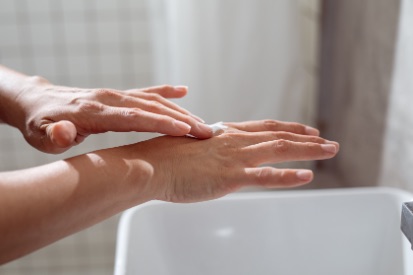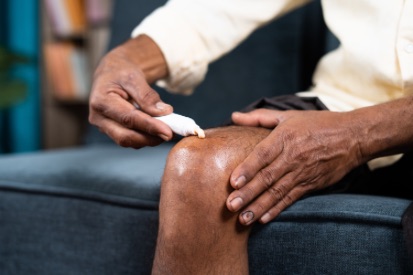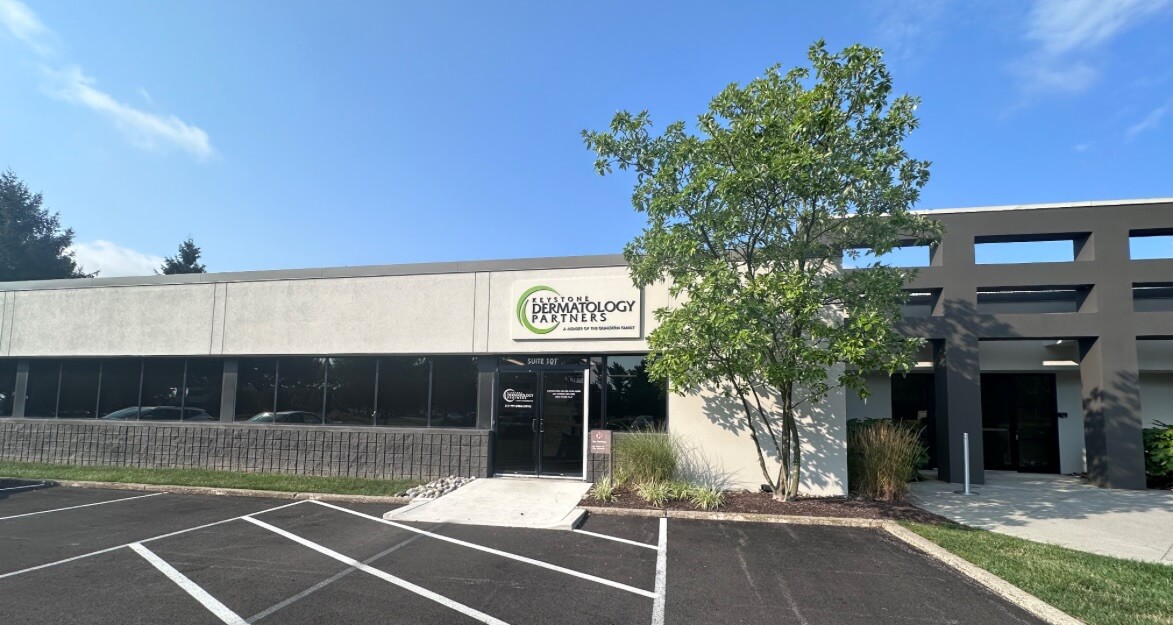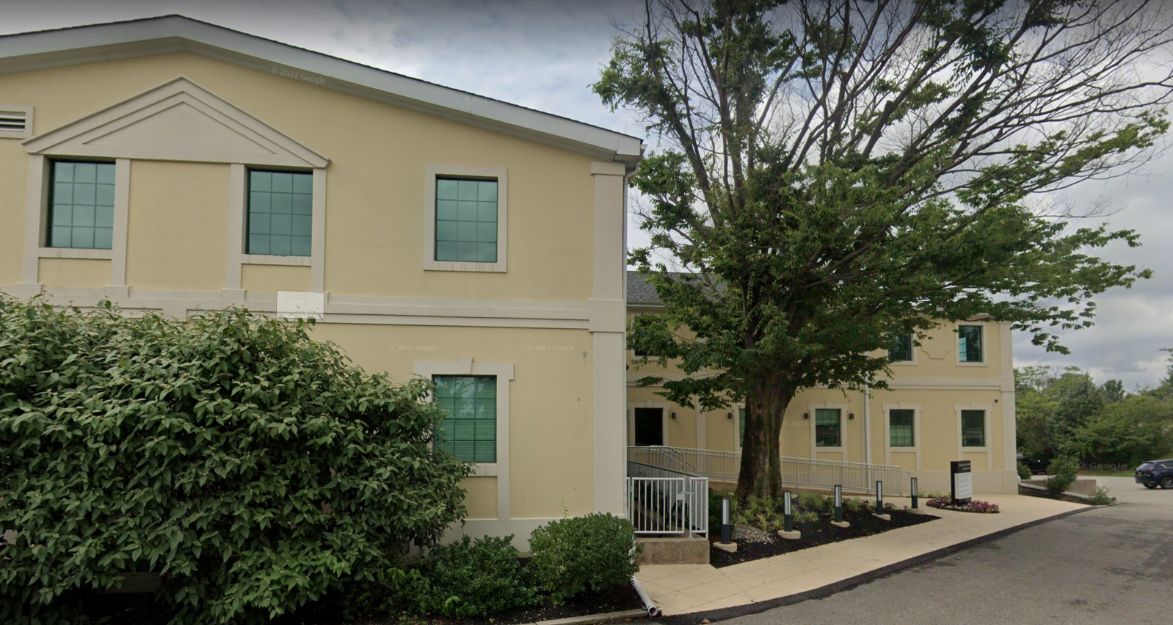Post-Surgery FAQs
Surgical Wound Aftercare
At Keystone Dermatology, we prioritize patient satisfaction. This page provides our professional guidelines and advice to help you start your post-surgery care and routine. If you have any questions or concerns about your post-operative care, please feel free to reach out to us.
Follow Up Appointments Post-Surgery
Typically, a single follow-up visit is sufficient to assess the healing of the surgical site or to remove the dressings. After this, you can return to your referring physician for regular check-ups. Annual skin examinations are crucial for life, as having had one skin cancer increases your risk of developing another.
It's recommended that your referring dermatologist checks your skin at least once a year for the next four years, both to monitor the treated area and to detect any new skin cancers.
How to Protect Yourself Post-Surgery
The most effective way to prevent skin cancer is to avoid harmful UV rays from the sun. Even if your skin tans easily, sun exposure can still lead to skin cancer by damaging the genes that regulate cell growth and weakening the immune system's ability to control early cancer cells.
To reduce your risk, consider the following precautions:
- Use a sunscreen with an SPF of at least 30 that offers both UVA and UVB protection. Sunscreens with stabilizers are particularly effective.
- Limit sun exposure during peak hours, typically from 10 a.m. to 4 p.m.
- Remember that UV rays can penetrate clouds, so protection is necessary even on overcast days.
By following these guidelines, you can enjoy outdoor activities without significantly altering your lifestyle.
You can purchase sunscreen and a variety of medical-grade skincare products online by visiting the QualDerm Partners' online store.
Caring For Your Skin Post-Surgery



How To Care For Wounds Post-Surgery
What should I expect?
- The biopsy site will have a thin rim of redness and be tender to the touch for up to 2-3 weeks.
- Sometimes treated sites will begin to bleed 1-2 hours after the biopsy. If this happens, simply hold continuous firm pressure with a paper towel or gauze to the wound for 20 minutes without peeking. If the bleeding continues, repeat holding pressure for a second 20 minute period.
- Depending on the site of the biopsy, there may be some soreness at the treated site for 2-3 days. For most patients, taking an over the counter pain reliever such as acetaminophen (Tylenol) or ibuprofen (Advil, Motrin) will provide good pain relief.
- You will be contacted 7-10 days following the biopsy to review your results. If this does not happen, you must contact the office.
What should I do?
- Keep the bandage over the treated area on overnight.
- In the morning, it is safe to remove the bandage and shower. Just allow the soapy water to gently run over the wound. Do not rub or aggressively clean the biopsy site.
- Apply Vaseline or Aquaphor healing ointment to the biopsy site 3-4x/ day for three days. The ointment will help the wound heal more quickly and minimize scarring. We prefer Vaseline or Aquaphor to antibiotic ointment due to the increase in allergic reactions to antibiotic ointments such as Neosporin.
- You may choose to cover the wound with a bandage to keep the ointment from staining your clothing.
Downloadable PDF: Wound Care Following a Shave Biopsy
What should I expect?
- The treated area may sting or burn for 10-15 minutes following treatment. After that, the area may feel sore for 1-2 days You may take an over the counter pain reliever such as acetaminophen (Tylenol) or ibuprofen (Motrin, Advil) every 6 hours as needed for pain.
- The site will become pink, red, and swollen soon after treatment and may look worse 2-3 days following treatment. It is not uncommon to develop a blister or scab.
- The scab will most likely fall off 1-2 weeks after treatment leaving a pink area behind. The color and texture of this area will gradually improve over time.
What should I do?
- You may gently wash the area with soap and water while in the shower. Do not rub or aggressively wash the treated site.
- Allow the scab and blister to heal on their own. They may act as sterile bandages so its best not to disturb them.
When should I call you?
- If you have any other questions or concerns, please call. We know this can be a scary and uncomfortable experience, we want to be there to support you.
Downloadable PDF: Wound Care Following Cryotherapy
What should I do?
- Keep the pressure bandage over the treated area on overnight.
- In the morning, it is safe to remove the bandage and shower. Just allow the soapy water to gently run over the wound. Do not rub or aggressively clean the biopsy site.
- Apply Vaseline or Aquaphor healing ointment to the biopsy site 3-4x/ day for three days. The ointment will help the wound heal more quickly and minimize scarring. We prefer Vaseline or Aquaphor to antibiotic ointment due to the increase in allergic reactions to antibiotic ointments such as Neosporin.
- You may choose to cover the wound with a bandage to keep the ointment from staining your clothing.
- For the first two days following surgery, you should take an over the counter pain reliever such as acetaminophen (Tylenol) or ibuprofen (Motrin, Advil) every 6 hours even if you are not in pain. Its important to take the medication to “stay ahead” of the pain; once the area begins to hurt, its much harder to control the pain. Your physician may also prescribe a narcotic pain reliever depending on the extent of your surgery.
- You may be instructed to follow up in 1-2 weeks to have your sutures removed.
What should I expect?
- The suture line will develop a thin line of redness and may be tender for several days following surgery.
- It is common to develop swelling for 2-5 days following surgery. Swelling is especially common around the eyes as this skin may be looser than surrounding areas on the forehead, nose, and cheeks. This will improve on its own over time.
- Sometimes sutured areas may begin to bleed 1-2 hours after the surgery. If this happens, simply hold continuous firm pressure with a paper towel or gauze to the wound for 20 minutes without peeking. If the bleeding continues, repeat holding pressure for a second 20 minute period.
When should I call you?
- If there is persistent bleeding after holding pressure for two twenty minute sessions, then please call.
- If the wound develops a foul smell, becomes more painful after three days following surgery, starts to drain thick gray-yellow pus, or you develop fever or chills, please call.
- If you have any other questions or concerns, please call. We know this can be a scary and uncomfortable experience, we want to be there to support you.
Downloadable PDF: Wound Care Following Surgery on Your Face
What should I expect?
- The suture line will develop a thin line of redness and may be tender for several days following surgery.
- Sometimes sutured areas may begin to bleed 1-2 hours after the surgery. If this happens, simply hold continuous firm pressure with a paper towel or gauze to the wound for 20 minutes without peeking. If the bleeding continues, repeat holding pressure for a second 20 minute period.
What should I do?
- Keep the pressure bandage over the treated area on overnight.
- In the morning, it is safe to remove the bandage and shower. Just allow the soapy water to gently run over the wound. Do not rub or aggressively clean the biopsy site.
- Keep your arm and hand elevated for the first week as much as possible.
- Avoid bending, lifting, or any exercise that will increase your blood pressure or heart rate. These actions will increase the risk of dehiscence (wound spreading apart), delayed healing, infection, and poor scarring.
- Apply Vaseline or Aquaphor healing ointment to the biopsy site 3-4x/ day for three days. The ointment will help the wound heal more quickly and minimize scarring. We prefer Vaseline or Aquaphor to antibiotic ointment due to the increase in allergic reactions to antibiotic ointments such as Neosporin.
- You may choose to cover the wound with a bandage to keep the ointment from staining your clothing.
- For the first two days following surgery, you should take an over the counter pain reliever such as acetaminophen (Tylenol) or ibuprofen (Motrin, Advil) every 6 hours even if you are not in pain. Its important to take the medication to “stay ahead” of the pain; once the area begins to hurt, its much harder to control the pain. Your physician may also prescribe a narcotic pain reliever depending on the extent of your surgery.
- You may be instructed to follow up in 2 weeks to have your sutures removed.
When should I call you?
- If there is persistent bleeding after holding pressure for two twenty minute sessions, then please call.
- If the wound develops a foul smell, becomes more painful after three days following surgery, starts to drain thick gray-yellow pus, or you develop fever or chills, please call.
- If you have any other questions or concerns, please call. We know this can be a scary and uncomfortable experience, we want to be there to support you.
Downloadable PDF: Wound Care Following Surgery on Your Arm or Hand
What should I expect?
- The suture line will develop a thin line of redness and may be tender for several days following surgery.
- Sometimes sutured areas may begin to bleed 1-2 hours after the surgery. If this happens, simply hold continuous firm pressure with a paper towel or gauze to the wound for 20 minutes without peeking. If the bleeding continues, repeat holding pressure for a second 20 minute period.
What should I do?
- Keep the pressure bandage over the treated area on overnight.
- In the morning, it is safe to remove the bandage and shower. Just allow the soapy water to gently run over the wound. Do not rub or aggressively clean the biopsy site.
- Keep your leg elevated for the first week as much as possible.
- Avoid bending, lifting, or any exercise that will increase your blood pressure or heart rate. These actions will increase the risk of dehiscence (wound spreading apart), delayed healing, infection, and poor scarring.
- Apply Vaseline or Aquaphor healing ointment to the biopsy site 3-4x/ day for three days. The ointment will help the wound heal more quickly and minimize scarring. We prefer Vaseline or Aquaphor to antibiotic ointment due to the increase in allergic reactions to antibiotic ointments such as Neosporin.
- For the first two days following surgery, you should take an over the counter pain reliever such as acetaminophen (Tylenol) or ibuprofen (Motrin, Advil) every 6 hours even if you are not in pain. Its important to take the medication to “stay ahead” of the pain; once the area begins to hurt, its much harder to control the pain. Your physician may also prescribe a narcotic pain reliever depending on the extent of your surgery.
- You may be instructed to follow up in 2 weeks to have your sutures removed.
- When should I call you?
- If there is persistent bleeding after holding pressure for two twenty minute sessions, then please call.
- If the wound develops a foul smell, becomes more painful after three days following surgery, starts to drain thick gray-yellow pus, or you develop fever or chills, please call.
- If you have any other questions or concerns, please call. We know this can be a scary and uncomfortable experience, we want to be there to support you.
Downloadable PDF: Wound Care Following Surgery on Your Chest, Back, or Stomach
What should I expect?
- The suture line will develop a thin line of redness and may be tender for several days following surgery.
- Sometimes sutured areas may begin to bleed 1-2 hours after the surgery. If this happens, simply hold continuous firm pressure with a paper towel or gauze to the wound for 20 minutes without peeking. If the bleeding continues, repeat holding pressure for a second 20 minute period.
What should I do?
- Keep the pressure bandage over the treated area on overnight.
- In the morning, it is safe to remove the bandage and shower. Just allow the soapy water to gently run over the wound. Do not rub or aggressively clean the biopsy site.
- Keep your leg elevated for the first week as much as possible.
- Avoid bending, lifting, or any exercise that will increase your blood pressure or heart rate. These actions will increase the risk of dehiscence (wound spreading apart), delayed healing, infection, and poor scarring.
- Apply Vaseline or Aquaphor healing ointment to the biopsy site 3-4x/ day for three days. The ointment will help the wound heal more quickly and minimize scarring. We prefer Vaseline or Aquaphor to antibiotic ointment due to the increase in allergic reactions to antibiotic ointments such as Neosporin.
- Re-wrap your leg or foot with a compression bandage (ACE wrap or compression stocking) twice a day until the sutures are removed. This is very important to ensure optimal healing.
- For the first two days following surgery, you should take an over the counter pain reliever such as acetaminophen (Tylenol) or ibuprofen (Motrin, Advil) every 6 hours even if you are not in pain. Its important to take the medication to “stay ahead” of the pain; once the area begins to hurt, its much harder to control the pain. Your physician may also prescribe a narcotic pain reliever depending on the extent of your surgery.
- You may be instructed to follow up in 2 weeks to have your sutures removed.
When should I call you?
- If there is persistent bleeding after holding pressure for two twenty minute sessions, then please call.
- If the wound develops a foul smell, becomes more painful after three days following surgery, starts to drain thick gray-yellow pus, or you develop fever or chills, please call.
- If you have any other questions or concerns, please call. We know this can be a scary and uncomfortable experience, we want to be there to support you.
Downloadable PDF: Wound Care Following Surgery on Your Leg or Foot
Possible Complications
Slight post-surgery complications may arise. Please note: severe pain or bleeding is NOT common. Call our office immediately, or contact Dr. Perlis on his cell if it is after business hours.
- Leave the bandage in place
- Use rolled up gauze or a clean cloth to apply direct pressure over the bandage for 20 minutes.
- Reapply pressure for an additional 20 minutes if necessary
- Call the office or Dr. Perlis if pressure fails to stop the bleeding
- Use additional gauze and tape to reinforce bandage once the bleeding stopped.
Pain:
- Post operative pain should slowly get better, never worse.
- A severe increase in pain may indicate a problem. Call the office if this occurs.
Post-Surgery FAQs
It is normal to experience swelling after surgery. Typically, most of the swelling subsides within two weeks. However, for wounds near the eyes, the swelling might persist intermittently for several months. Surgery on the forehead can also lead to swelling around the eyes, sometimes causing the eyelids to swell shut—this is a normal response. Additionally, procedures on or near the lips can result in significant swelling as well.
Swelling in the lower leg is very common after skin cancer surgery. This can last for weeks. You should elevate your leg as often as you can.
If you have a wound on the head/face you should elevate your head at night for 72 hours.
During regular office hours, please call us at (215) 390-1449.
For urgent matters during evenings, weekends, or other times that the office is not open, please call Dr. Perlis on his mobile phone.
For non-urgent matters, you may also reach us by e-mail at nursing@keyderm.com



